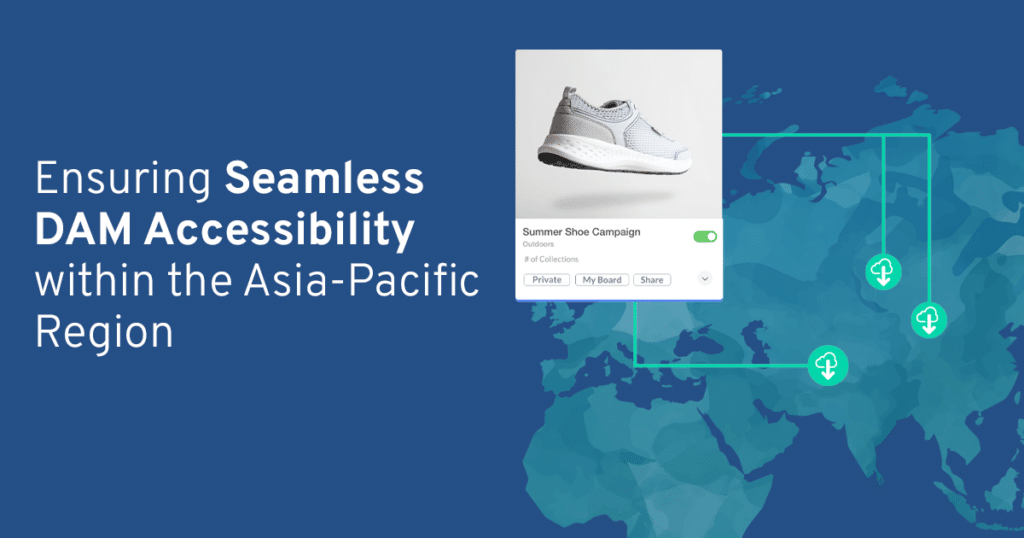As a DAM manager, you probably have a lot of preferences and process quirks. This is completely normal and to be expected. However, we’re going to give you a (kind and gentle) wake-up call: Frankly, your users don’t give a DAM.
A good DAM exists to serve users and a good DAM manager creates a system that serves those users’ needs. If you let too many of your idiosyncrasies dictate how your DAM is set up, you could be losing out on a valuable opportunity to design the system for your users, and in turn, encourage DAM user adoption.
In this article, we’ll share three tips for designing your DAM for users and boosting user adoption in the process.

1 . Make Your Platform User Friendly
Here’s the thing about human brains—they like patterns and easily predictable routines. If your users have to spend their time fighting a system they hate using, they’ll simply stop using it.
Instead, they’ll quickly revert back to old systems and processes, and leave your beautifully designed DAM to gather (virtual) dust. After investing a significant amount of time and money into your DAM, this is the last outcome that you want.
To avoid this fate, start by selecting the right DAM with the features most important to your organization and specific use cases.
Beyond the technology you select, the way you configure your DAM has a massive effect on how friendly it feels to users across your organization. How do you build a welcoming and easy-to-use DAM? Well, it all depends on who your users are and their unique needs. No two DAM users are quite the same, so this requires a bit of research and thoughtfulness.
First, speak with your users to understand what exactly is preventing them from using your DAM. Is discoverability an issue? Do files not load properly? Or, maybe it’s just too hard to integrate their existing creative workflows.
Whatever issues you uncover, search for a vendor that can design your solution to remove these roadblocks—and address common DAM pet peeves. The less friction in the user experience, the more success you will have with user adoption.
2 . Train Everyone To Speak DAM
One of the biggest challenges DAM managers face is they don’t have a common DAM language. Different folks throughout the organization use different terminology to refer to DAM processes and vastly different search terms to find assets.
If users don’t understand how to use the system you designed, they’ll default to what they do know—and use outdated language and processes they’re more comfortable with. To sidestep this common pitfall, ensure your training covers the technology, the metadata, and the processes they need to know.
Training can take the form of live calls and workshops, or it can simply be written documentation. Some techniques top DAM managers use to train their users include:
- Launching a frequently asked questions (FAQ) series in your DAM
- Creating a DAM help desk—office hours where a DAM manager or power user is on call for questions
- Building a governance document and hosting it in the DAM
Whatever you choose, if you train your coworkers well, you’ll find a boost in DAM user adoption once they understand how it all comes together to make their lives better. (And if you’re interested in finding more ways to encourage user adoption, read this definitive guide.)
3 . Take a Page From Tech Startups’ Playbook
Many of today’s fastest-growing tech startups owe their success to a product-led growth model—a business strategy that places the company’s software at the center of their buyer’s journey.
DAM management is similar—if you place your users at the center of your strategy, you’ll grow adoption quickly and effectively.
How do you let users guide your DAM strategy? Invite feedback. Think about hosting regular meetings where DAM users can congregate and share any obstacles slowing them down. Use a Google form as a suggestion box where DAM users can flag issues and be empowered to suggest new ideas.
When you receive feedback, be open to change and report back to the folks who made suggestions, especially if you integrate their feedback. And be sure to thank users for all feedback, whether or not you take it. Nothing halts adoption more than users feeling like their suggestions don’t matter.
An Accessible DAM Is a Successful DAM
If you’ve made it this far in the article, congratulations! It means you’re a deeply empathetic DAM manager who cares about making your digital assets as accessible and easy for users as possible. By configuring a user-friendly DAM, training everyone to speak the same language, and fostering user-led growth, you’re well on your way to driving deep adoption.
Get the step-by-step expertise you need to drive adoption:
How to Implement a DAM for a Rapidly Scaling CPG Brand
Related Resources
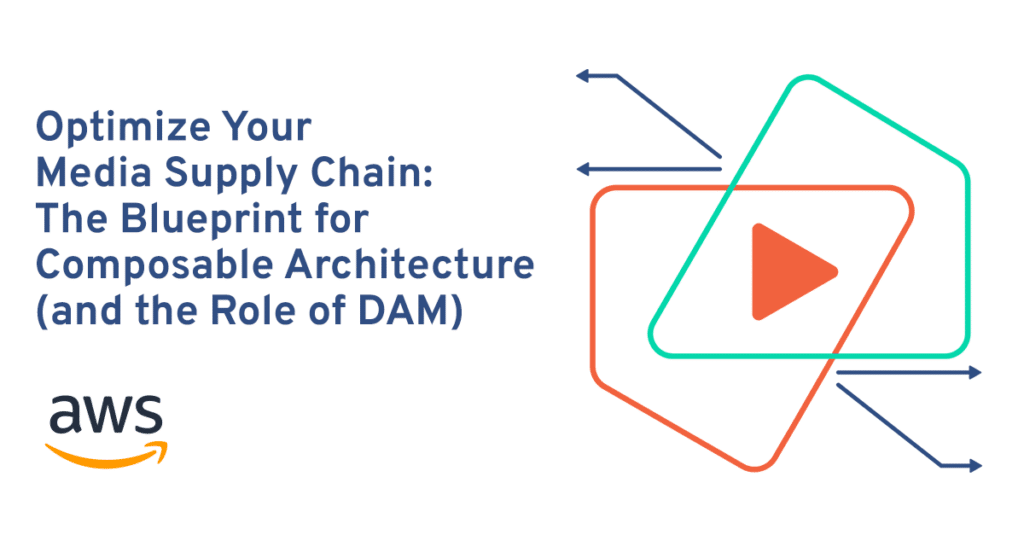
Optimize Your Media Supply Chain: The Blueprint for Composable Architecture (and the Role of DAM)
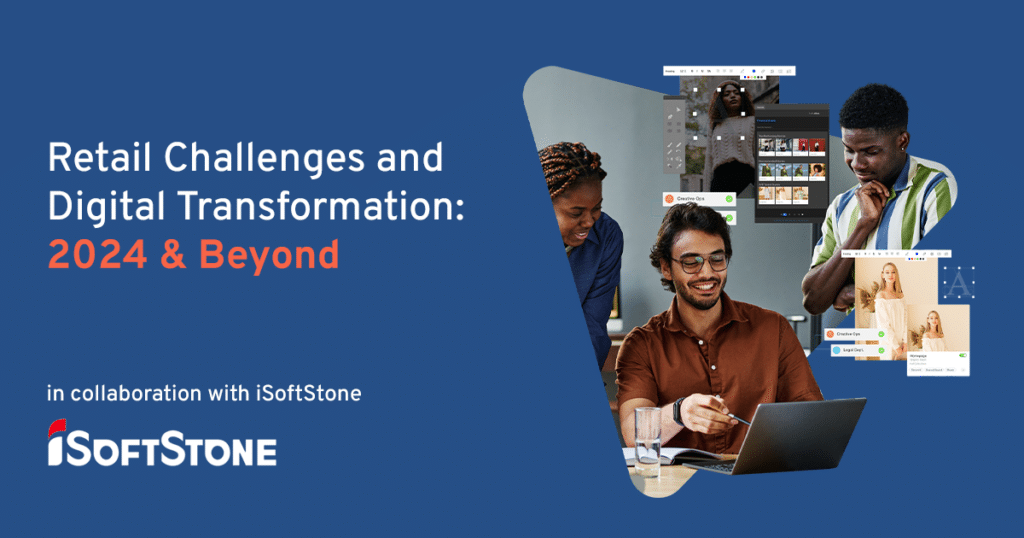
Retail Challenges and Digital Transformation: 2024 & Beyond
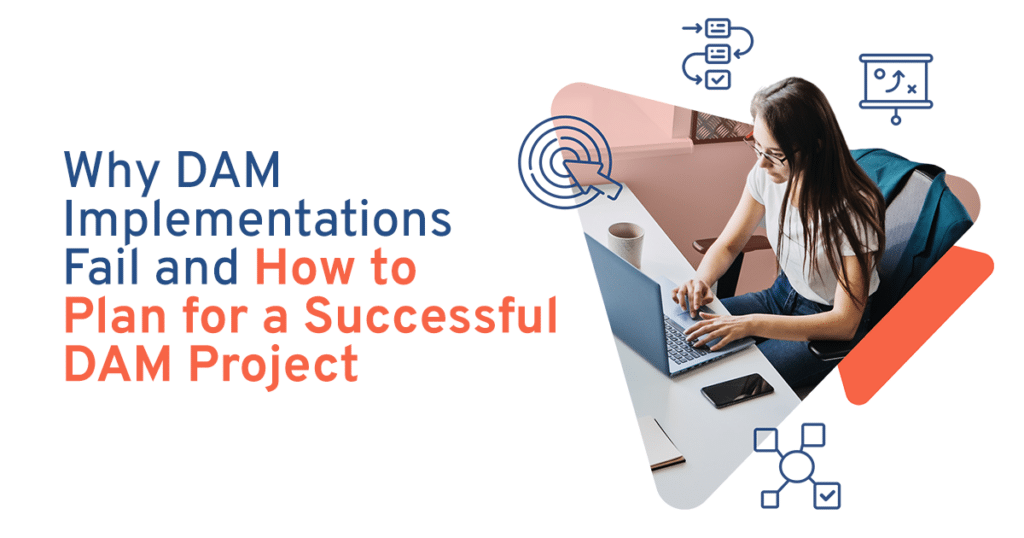
Why DAM Implementations Fail and How to Plan for a Successful DAM Project
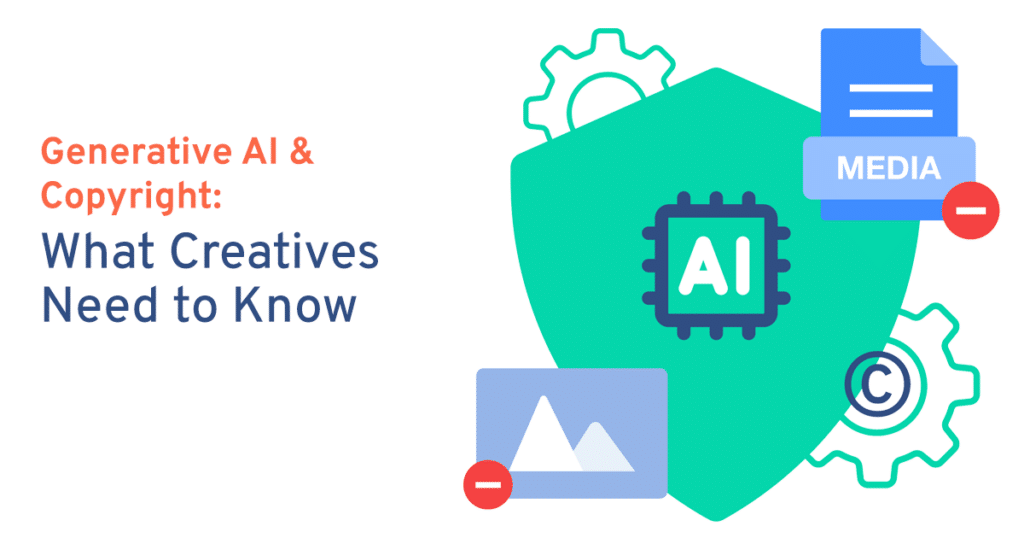
Generative AI & Copyright: What Creatives Need to Know
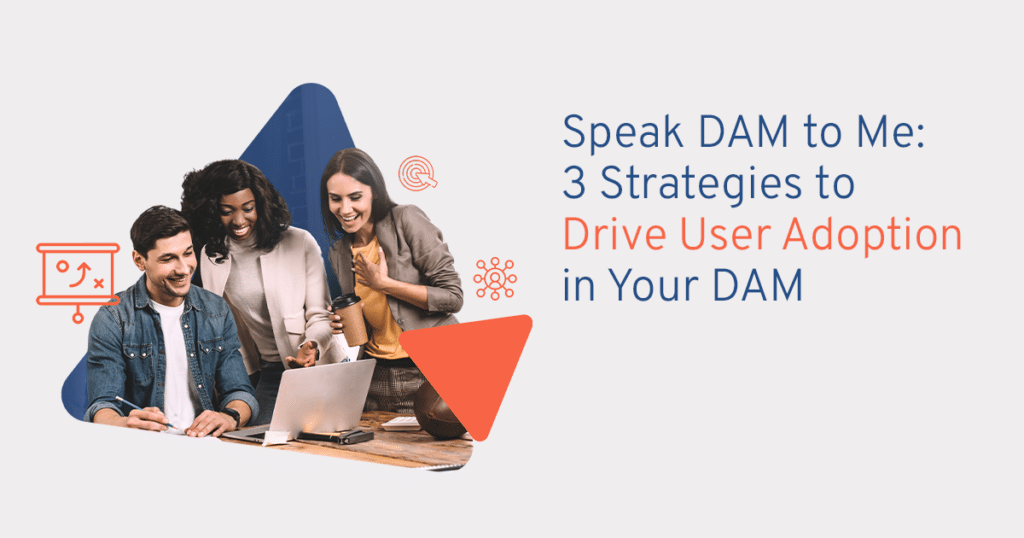
Speak DAM to Me: 3 Strategies to Drive User Adoption in Your DAM
